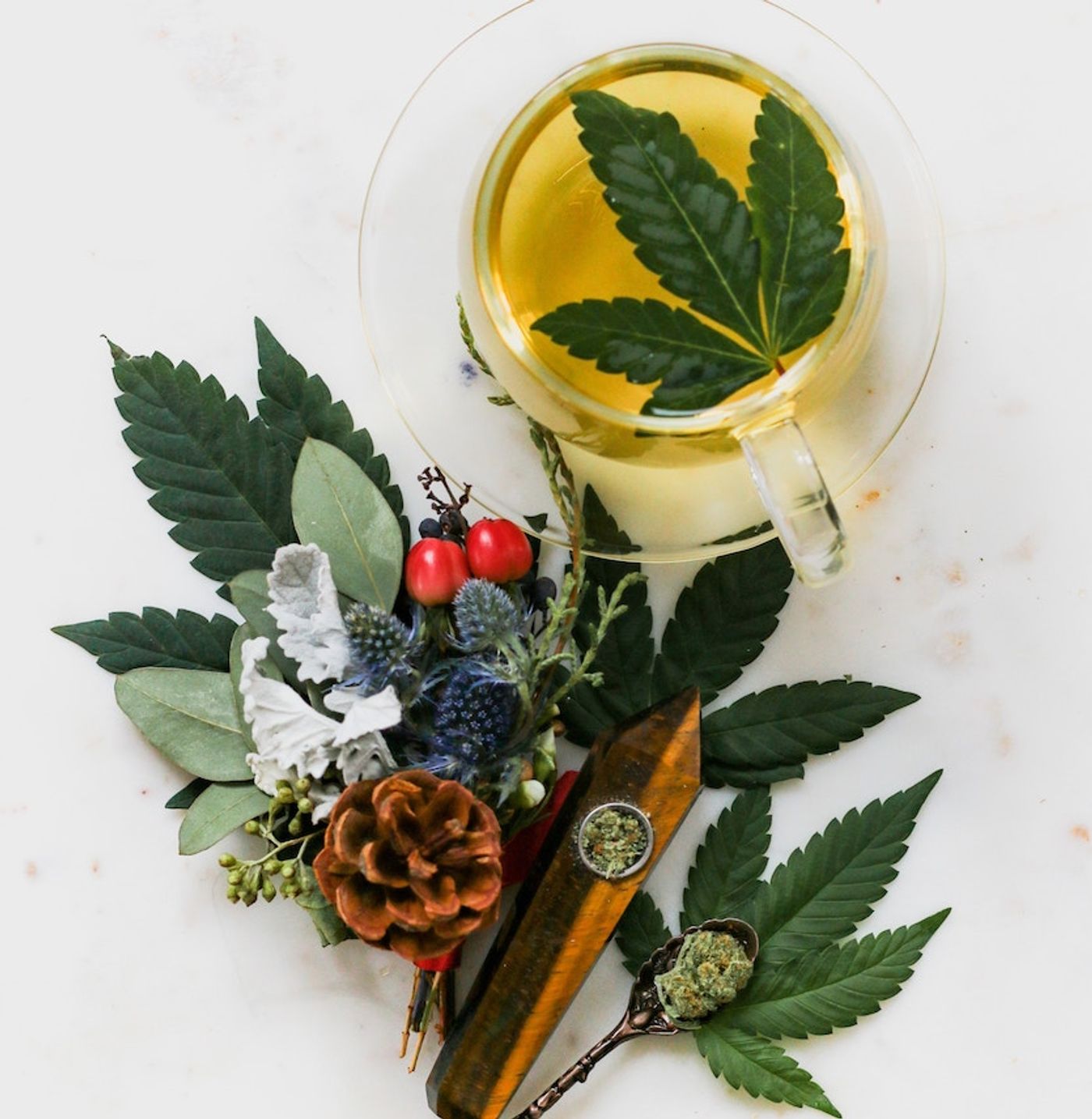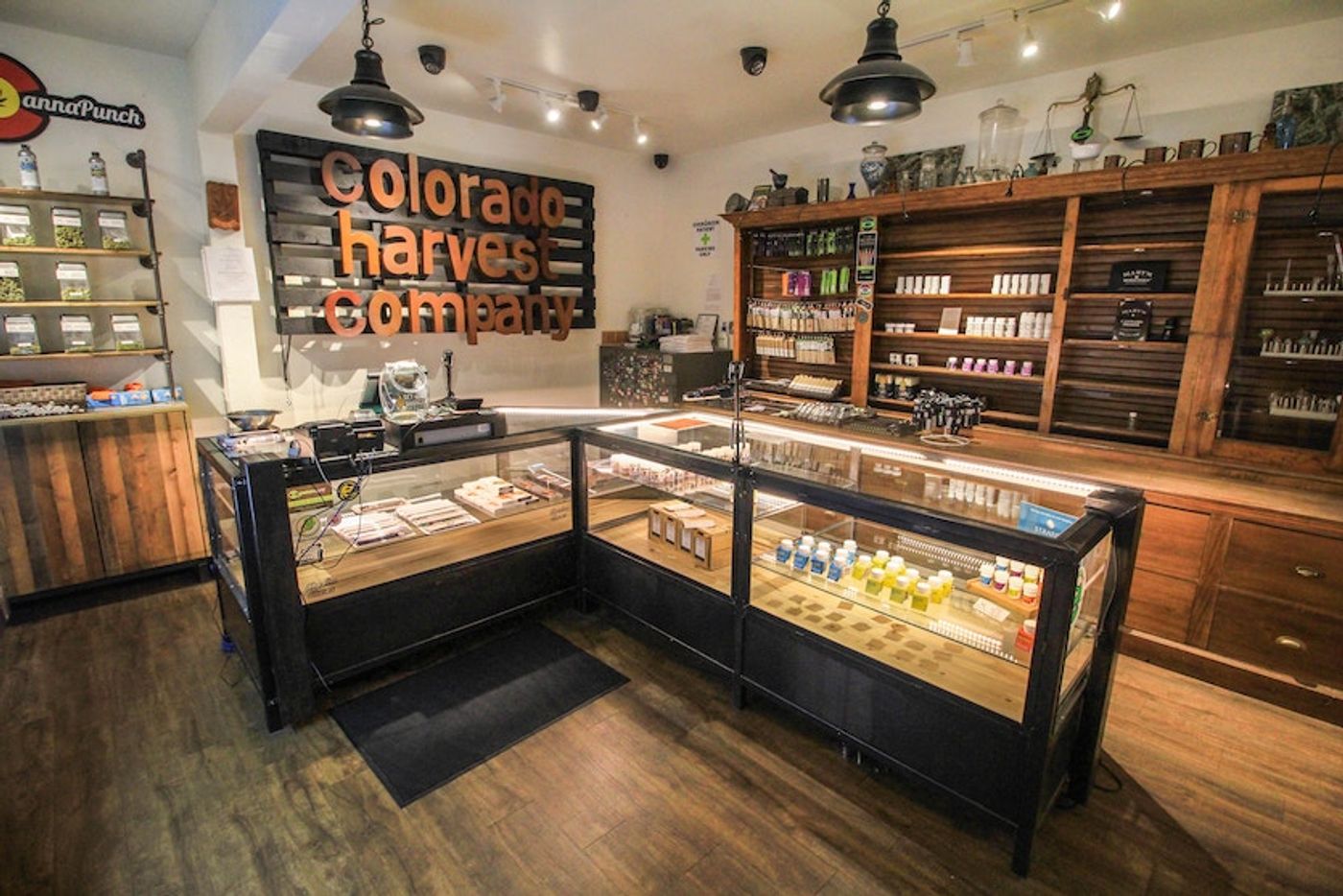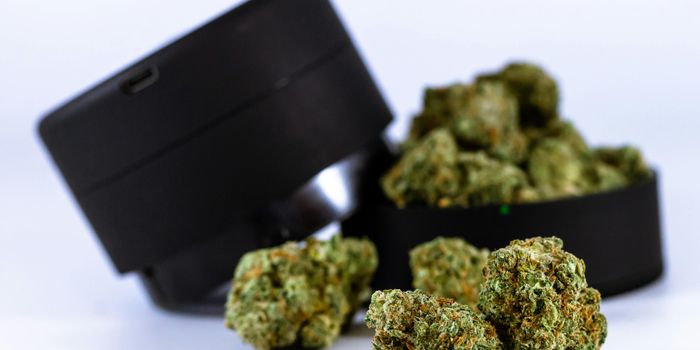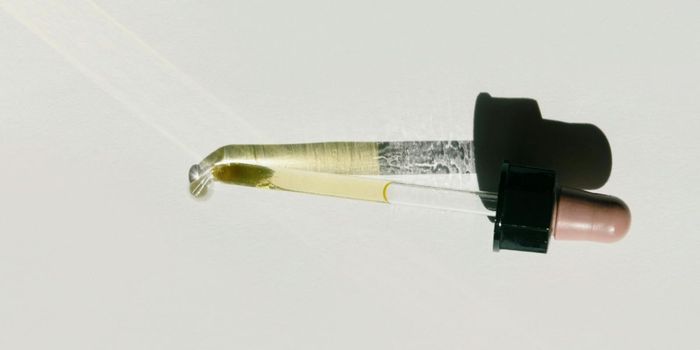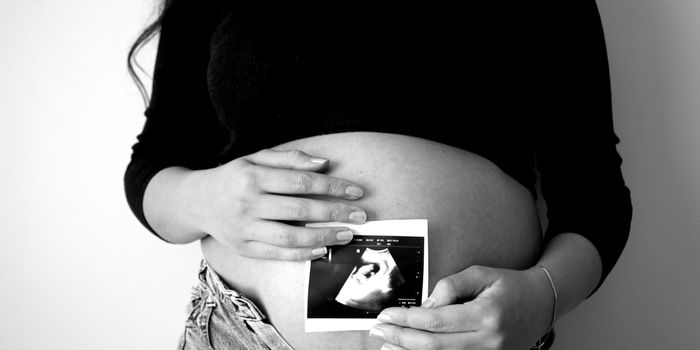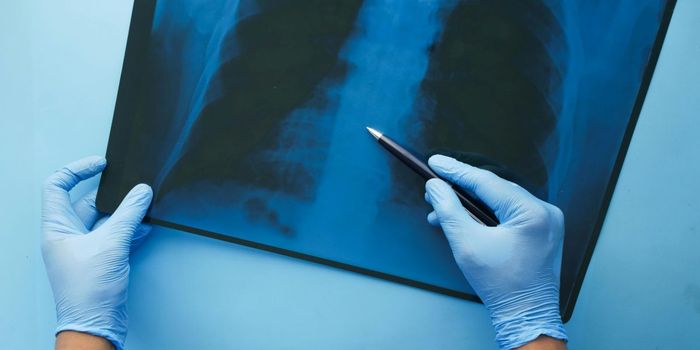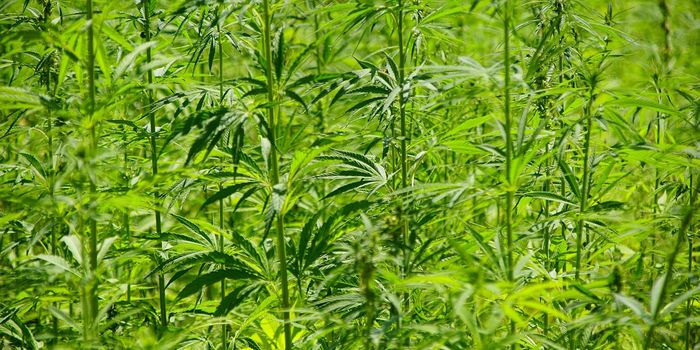We have touched upon the different aspects of the "high" experienced through marijuana edibles (brownies, cookies, gummy bears, you name it) compared to traditional smoking methods before in this newsletter (see here). But we have not gone over the science behind edibles in a while. It is becoming more and more important to know what you are getting into if you choose to consume edibles (legally, please). There has been a noticeable increase in the admittance to ERs in legal states due to overdosing (yes, I said overdosing while referring to pot) due to consuming edibles.
Photo source: UnSplash.com
A recently published study in Annals of Internal Medicine compared the two forms of ingestion (inhalation versus eaten) in terms of the presenting symptoms at ER visits. The researchers, led by Dr. Andrew A. Monte, MD, Ph.D., from the University of Colorado School of Medicine, found that patients who had consumed edibles were more likely to present with acute psychiatric symptoms. Visits due to cardiovascular symptoms were also more common in patients who had eaten an edible. A look at the market helps illustrate the difference between the two methods. While sales of edibles amount to about 0.3% of total cannabis product sales, marijuana-related adverse reactions to edibles accounted for a much higher percentage of calls to poison control centers.
So what is happening? Well, let us refresh our memories regarding pharmacokinetics. Administration/absorption, distribution, metabolism, excretion. ADME. What has happened here is that we have dramatically changed the route of administration, which changes the effects that a substance has on your body. When marijuana is ingested through the gastrointestinal tract (i.e. eaten), the onset of effect is much, much longer (compared to within seconds to minutes after inhalation). This could lead to potential toxicity right there. "It's not working, let's try some more". When it hits it is going to hit a lot harder now.
Eating any psychotropic substance is going to delay its effects due to the nature of digestion. The THC in edibles does not reach significant blood concentration until at least 30 minutes, with a peak at approximately 3 hours and clearance approximately 12 hours after ingestion. Anecdotal reports claim even longer-lasting effects with edibles than with smoking or vaping. They also report that these effects are more intense and can bring on unpleasant psychiatric side effects.
A typical dispensary where one could purchase edibles. Photo source: UnSplash.com
An interesting observation was made in 1980 regarding the absorption rate of THC in plasma levels of eaten versus smoking and intravenous (IV) administration. While plasma concentrations increased at similar rates, there was a delayed "high" in those who ate a marijuana-laced cookie. This suggested that THC levels in the brain do not increase until much later. Inhalation and IV administration deliver phytocannabinoids directly to the brain, with inhalation slightly faster because the blood from the lungs goes straight to the brain, while IV administrated substances have to recirculate through the heart (though a user may not perceive the temporal difference). The THC from the edible has to be absorbed through the intestinal lining, which takes longer.
Other than that the pharmacokinetics are still being elucidated. Yet something has definitely changed with the change in the route of administration. The positive correlation between ER visits and the availability of edibles should not be taken lightly. Marijuana advocates have always pointed to the relative safety of pot, but with over-ingestion of edibles (combined with the increase in pot potency), can we really be sure about that anymore? The recently published paper by Monte and colleagues suggest, "At the very least, users must be educated about the delayed kinetic profile and the increased risk for acute psychiatric and adverse cardiovascular events associated with edible ingestion". A little knowledge can go a long way.
The video below goes into more detail about the subject.
Source: YouTube.com
Sources: LabRoots.com, The New York Times, Journal of Addiction Medicine, Annals of Internal Medicine, Clinical Toxicology, Clinical Pharmacokinetics, Drug and Alcohol Dependence, Clinical Pharmacology and Therapeutics
